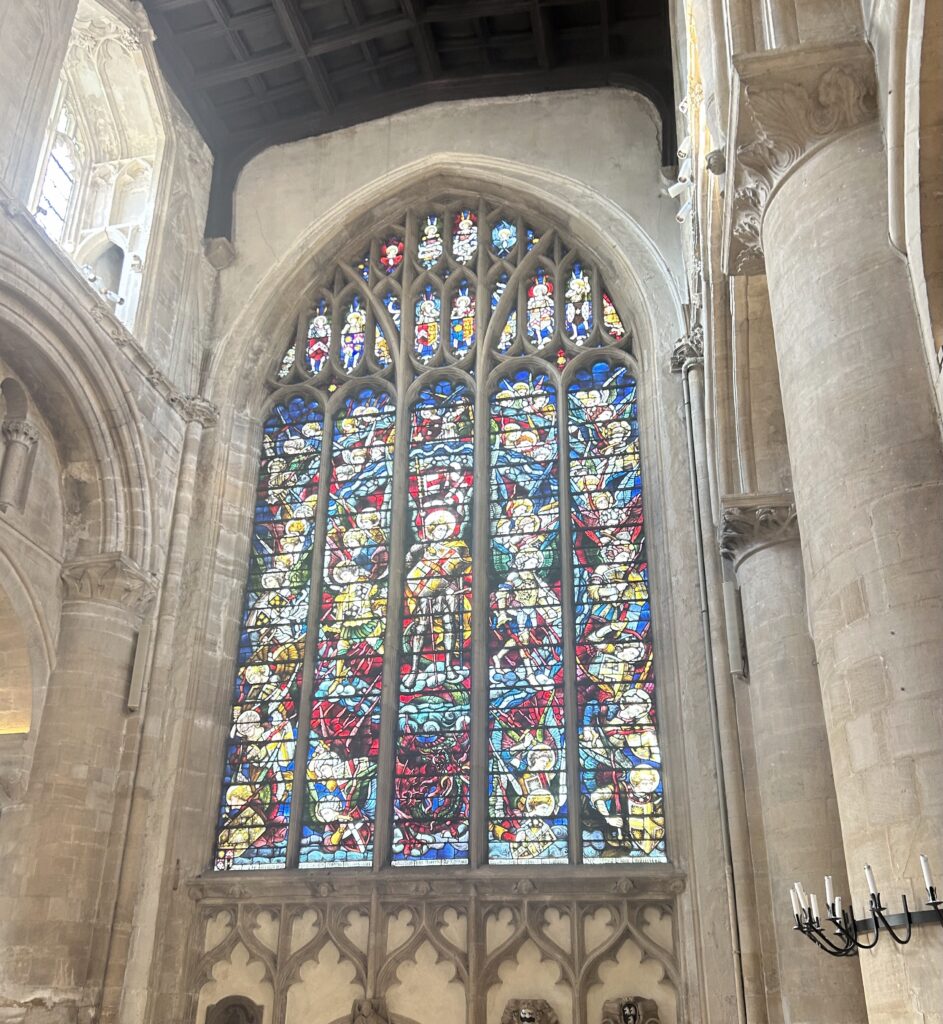The University of Oxford is almost 1000 years old (the founding is estimated at 1096 CE). The heritage and culture of this ancient institution can be seen embodied in the ceremonies and buildings of the university. Churches and cathedrals play a crucial role in the life of a modern Oxford academic/resident while simultaneously harkening to the monastic origins and early religious influences of the university. A sense of reverence not only permeates the religious structures, but the academic buildings as well. From the university’s onset, learning was associated with a divine/higher calling. For centuries, the librarians who guard the tombs of the famous Bodleian library would have been willing to give their lives to protect the texts which are safeguarded at Oxford.
Getting the opportunity to witness and participate in a number of religious and secular ceremonies in the chapels, churches, and cathedrals on campus have given me a deep appreciation for the artisans, composers, and artists who cooperatively constructed such magnificent monuments. The age of the university allows for dozens of art periods and artists to all be represented (sometimes even in the same buildings or constituent colleges). The art and music are able to evoke deep senses of reverence that transcend religious affiliation. While I am not a member of the Anglican church, I still found myself deeply moved by the Anglican hymns sung during Evensong and Compline. Further, the secular musical performances created a similarly intoxicating experience. The craftsmen (and women) of Oxford who have put their handiwork into the construction of the university’s grandiose edifices all have touched my soul.

